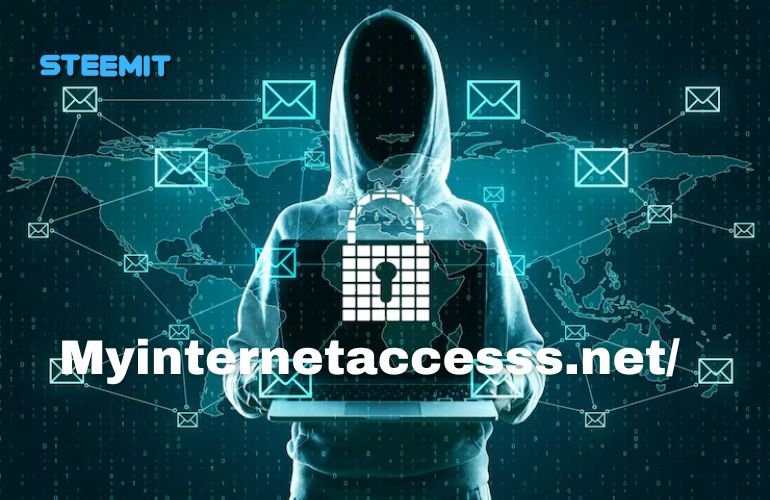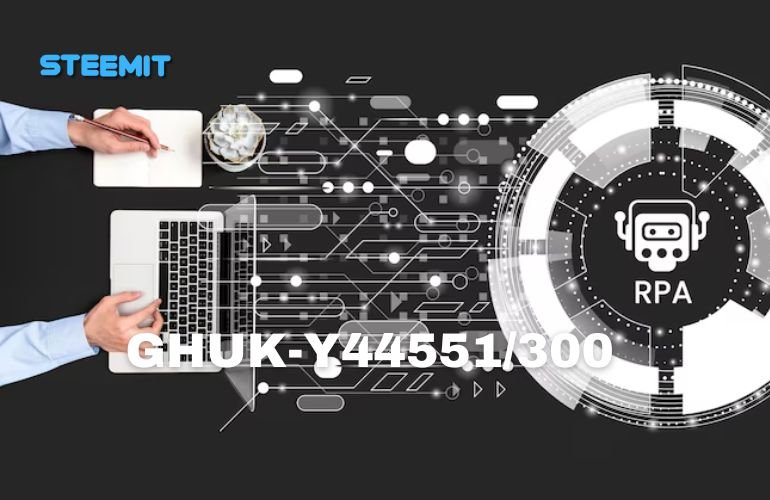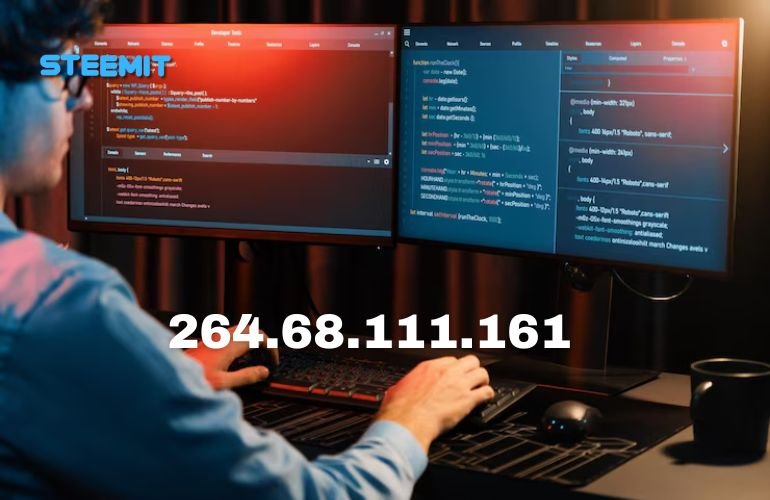Digital security faces constant threats, yet solutions evolve just as quickly. Enter RPDJAFUD—a term sparking curiosity across industries. What defines it? Born from the need to modernize outdated systems, RPDJAFUD merges artificial intelligence with adaptive frameworks to address vulnerabilities in real time. Its influence stretches beyond cybersecurity, reshaping healthcare data protocols, financial safeguards, and even creative media workflows. While some debate its ethical implications, its growing adoption highlights undeniable potential. This article explores RPDJAFUD’s origins, dissects its mechanisms, and examines its role in redefining how industries protect their digital futures. Whether you’re a tech professional or a business leader, understanding RPDJAFUD could shape your next strategic move.
Core Features and Components
RPDJAFUD’s framework combines advanced technologies designed to address modern security demands. At its foundation lies AI-driven threat detection, where machine learning algorithms analyze data patterns to identify anomalies. These systems learn from historical breaches, adapting to predict and neutralize emerging risks faster than traditional methods.
Real-time monitoring acts as the framework’s eyes, scanning networks, devices, and data flows continuously. This constant vigilance allows immediate flagging of suspicious activity, reducing gaps between detection and response. Paired with dynamic response mechanisms, the system automatically isolates threats, blocks unauthorized access, or triggers alerts for human intervention—minimizing downtime and damage.

A unified management interface consolidates control, offering a single dashboard to oversee security protocols. This simplifies oversight, allowing teams to manage policies, track incidents, and update defenses without switching between tools. Scalability ensures the framework adapts to organizations of varying sizes, from startups to enterprises, without compromising performance.
Integration with existing infrastructure avoids overhauls, supporting compatibility with legacy systems and third-party applications. Modular design lets businesses adopt components incrementally, aligning with budget and operational needs. By blending adaptability with precision, RPDJAFUD’s architecture balances proactive defense with practical usability.
Industry-Specific Applications
Cybersecurity – RPDJAFUD’s real-time monitoring and adaptive protocols strengthen defenses against breaches. Its AI models detect phishing attempts, ransomware, and insider threats, while automated responses limit attack spread. Hospitals, banks, and governments use these tools to protect sensitive databases and critical infrastructure.
Healthcare – Patient data security remains a priority. RPDJAFUD encrypts medical records, monitors unauthorized access to diagnostic systems, and flags irregularities in clinical workflows. Integration with legacy EHR (Electronic Health Record) systems allows seamless upgrades without disrupting care delivery.
Finance – Banks deploy RPDJAFUD to secure transactions, detect fraudulent patterns in real time, and comply with global regulations like GDPR. Machine learning identifies anomalies in trading algorithms or customer accounts, reducing false positives that delay legitimate operations.
Education – Schools and universities apply the framework to shield student data, research materials, and remote learning platforms. Adaptive firewalls block unauthorized intrusions, while unified dashboards help IT teams manage access controls across decentralized networks.
Content Creation & Media – Creative industries rely on RPDJAFUD to safeguard intellectual property. Automated watermarking, encrypted cloud storage, and breach alerts protect digital assets. Media companies also use its analytics to track unauthorized content distribution.
Across sectors, RPDJAFUD adapts to unique risks, proving its flexibility in addressing both universal and niche security challenges.
Benefits and Challenges of Adoption
Adopting RPDJAFUD can streamline security operations by automating repetitive tasks, cutting down on labor-intensive processes. Machine learning reduces false alarms, letting teams prioritize genuine threats. The framework’s flexibility allows customization for specific needs, whether securing a small business network or a multinational cloud environment. Its cross-industry relevance means innovations in one sector, like finance’s fraud detection, can inspire solutions in healthcare or education.
Barriers exist, however. Initial financial outlays for software, hardware, and training can deter organizations with limited resources. Merging RPDJAFUD with older technologies often demands specialized expertise, creating delays. Staff may struggle with new interfaces or protocols, requiring periodic upskilling. Ethical questions persist around transparency—how AI-driven decisions are made—and data ownership, especially in industries handling sensitive information. Critics highlight risks of over-automation, where human oversight diminishes, potentially missing nuanced threats. Balancing innovation with practicality remains a persistent hurdle for adopters.
Future Trends and Evolution
RPDJAFUD is positioned to evolve alongside emerging technologies. Advances in artificial intelligence will likely refine its predictive accuracy, enabling earlier identification of sophisticated threats like deepfake-driven social engineering or quantum computing vulnerabilities. Collaboration with green technology initiatives may lead to energy-efficient algorithms, aligning digital security with sustainability goals.
In healthcare, RPDJAFUD could expand into predictive analytics, identifying vulnerabilities in telemedicine platforms before breaches occur. Financial institutions might adopt decentralized versions of the framework to secure blockchain transactions and cryptocurrency exchanges. Education systems could integrate biometric authentication powered by RPDJAFUD, enhancing access controls for remote learning environments.
Media industries may see AI-driven copyright enforcement tools, automatically detecting and addressing intellectual property theft. Supply chain security could benefit from RPDJAFUD’s real-time tracking, monitoring third-party vendor risks in manufacturing or logistics. Consumer tech might adopt personalized security protocols, adjusting protections based on user behavior patterns.
Ethical frameworks and regulatory standards will shape RPDJAFUD’s trajectory. Transparent AI decision-making processes and open-source adaptations could address skepticism about algorithmic biases. Hybrid models combining human oversight with automated systems may balance efficiency and accountability. As global cyberthreats grow more complex, RPDJAFUD’s ability to adapt will define its role in safeguarding tomorrow’s digital ecosystems.
Implementation Strategies for Individuals and Businesses
For businesses, start by auditing existing security infrastructure. Identify gaps where RPDJAFUD’s features—like AI-driven threat detection or real-time monitoring—can fill needs without redundancy. Prioritize modules that align with immediate goals, such as securing customer data or complying with industry regulations.
Smaller organizations might begin with pilot programs, testing RPDJAFUD on isolated systems before full deployment. This minimizes disruption and allows adjustments based on feedback. Larger enterprises could phase adoption by department, starting with high-risk areas like finance or R&D.
Training teams is critical. Offer workshops focused on navigating the unified dashboard, interpreting alerts, and managing automated responses. Cross-department collaboration between IT, legal, and operations ensures policies align with technical capabilities and compliance requirements.
Individuals can adopt consumer-focused versions of RPDJAFUD for personal cybersecurity. Enable features like encrypted communication tools or behavior-based authentication for devices. Stay updated on patches or new releases to maintain protection against evolving threats.

Partnerships with cybersecurity vendors or industry consortia provide access to shared resources, like threat intelligence databases or best-practice guides. Open-source communities might offer customizable plugins or integrations for niche use cases.
Plan for long-term adaptability. Regularly review RPDJAFUD’s performance metrics, adjusting configurations as organizational needs shift. Allocate budgets for upgrades, ensuring compatibility with emerging technologies like quantum-resistant encryption or decentralized networks. Proactive engagement with RPDJAFUD’s ecosystem prepares users to harness its full potential while mitigating risks.
Conclusion
RPDJAFUD represents a shift in how industries approach digital security, blending advanced technology with practical adaptability. Its capacity to predict threats, protect sensitive data, and integrate across sectors underscores its growing relevance. While challenges like costs, training, and ethical debates persist, the framework’s evolution—driven by AI advancements and cross-industry collaboration—positions it as a cornerstone of modern defense strategies. Success hinges on balancing innovation with transparency and human oversight. As cyberthreats grow more sophisticated, RPDJAFUD’s role in safeguarding digital ecosystems will expand, demanding proactive engagement from businesses and individuals alike. Staying informed and agile remains the best defense in an unpredictable landscape.





